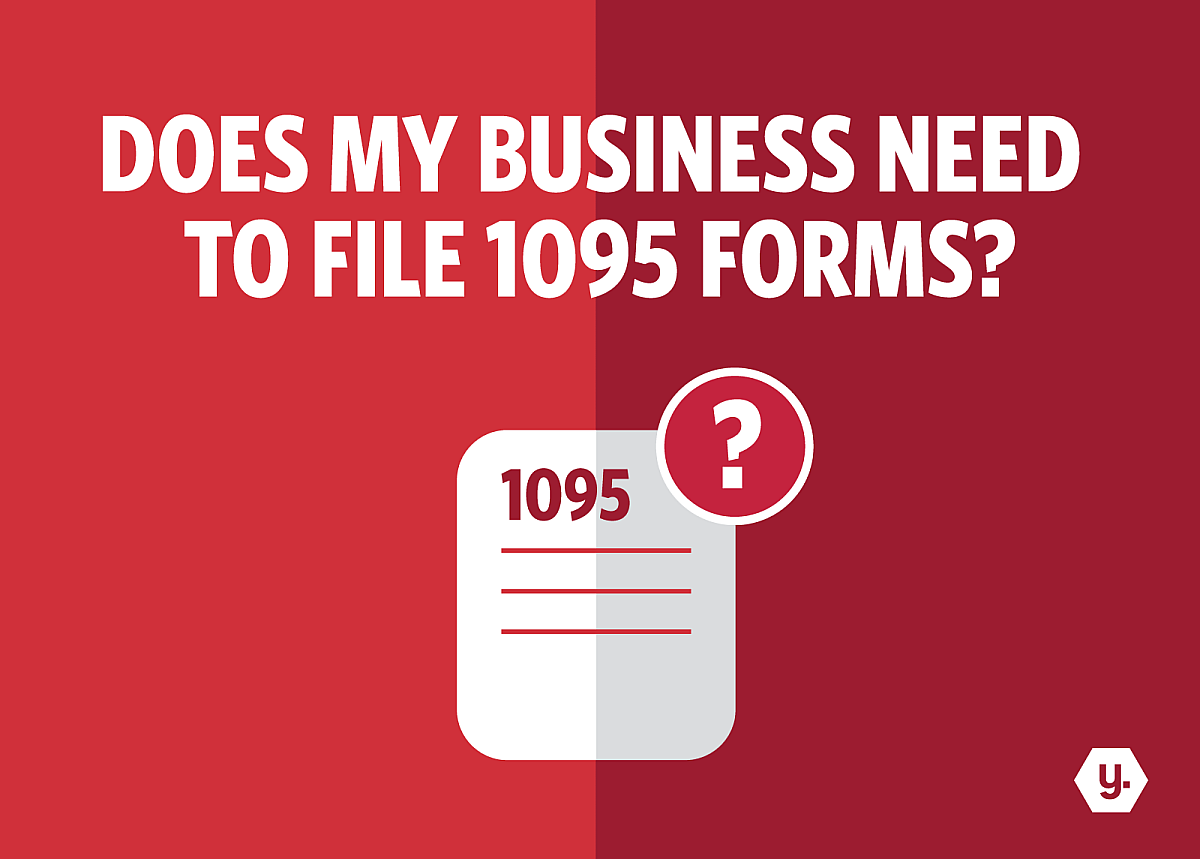
IRS Filing Experts Predict Another Hectic January for Businesses
With a new administration and ongoing D.C. debates about what may or may not happen to healthcare reform, businesses and insurers alike are trying to guess the future of Affordable Care Act (ACA) tax reporting requirements. While there is no doubt that there will be some additional twists, the current rules remain in place and businesses should be prepared for a busy January.
This year, not only are employers required to provide employees with their W-2 and 1099-MISC forms by January 31, 2018, but ACA forms, including 1095-C and 1095-B, are also due on the same date.
Below is a list of the ACA forms and their respective due dates:
- Form 1095-B – Health Coverage:
This form includes the number of months you and any covered dependents were covered by insurance. The provider will send this information to the IRS for individuals who purchased private insurance. - Form 1095-C – Employer-Provided Health Insurance Offer and Coverage:
This statement is issued by employers with 50 or more full time employees (including FTEs) to employees and to the IRS to prove they provided healthcare per ACA requirements.
| Due Date | Requirements |
| January 31, 2018 | Form 1095 copies to recipients and/or employees |
| February 28, 2018 | Paper copies of form 1095 to IRS |
| April 2, 2018 | E-File form 1095 to IRS |
Since the 1094 and 1095 forms often require information from multiple systems for one filing, employers need to track and monitor information from HR, payroll and benefits or else it could mean big financial penalties for your company. As a result, businesses need to start now rather than wait until January when deadlines will begin to stack up.
It’s important to note that some employers have the option to file their ACA reporting by paper or electronically. However, any filing of more than 250 forms MUST file ACA information returns electronically. Businesses planning to file fewer than 250 forms may file by paper, though the IRS encourages electronic filing.
Due to the Protecting Americans from Tax Hikes (PATH) Act enacted last December, which is aimed at making it easier for the IRS to detect and prevent refund fraud, employers are now required to file W-2’s by January 31, 2018. Previously, if businesses were filing on paper, they had until the end of February, or the end of March when e-filing. Furthermore, only one 30-day extension will be permitted when filing W-2’s. The accelerated deadline allows the IRS to identify errors when reporting and will improve their ability to verify the legitimacy of tax returns and resulting refunds.
While the IRS has extended the ACA reporting deadlines for all employers in previous years, this should not be expected in 2018. In fact, failure to file complete and accurate Forms 1094-C by the form deadline will result in penalties equal to $250 per form, not to exceed $3 million per year. Even more, failure to file and furnish correct information on Form 1095-C could result in a $500 per form penalty for employers.
Year-end planning always includes variables and uncertainties, and while tax reform may fall into this category, businesses should plan for another busy January when it comes to tax reporting.
Latest News
-
 November 25, 2025
November 25, 2025New Alternative Furnishing Method for Forms 1095-B and 1095-C Comes with Complexities
The IRS has updated the Affordable Care Act (ACA) reporting process for Forms 1095-B and 1095-C. These changes aim to reduce administrative costs and simplify reporting, but they also create new compliance challenges for employers and health insurance providers.Read More -
 October 8, 2025
October 8, 2025Your Business Guide to 1099 Filing in 2025: Deadlines and Compliance Tips with Yearli
Businesses must prepare for 2025 IRS 1099 filing by understanding key deadlines for Forms 1099-NEC and 1099-MISC and leveraging e-filing tools like Yearli to stay compliant. This guide outlines important dates, recent IRS updates, and practical tips to avoid penalties and streamline the filing process.Read More -
December 30, 2024
Understanding Form 1099-DA: A Comprehensive Guide to Filing for Digital Asset Transactions
As the use of digital assets like cryptocurrencies and non-fungible tokens (NFTs) continues to grow, so does the need for clear tax reporting guidelines. To address this, the IRS has introduced Form 1099-DA, which will be required starting in 2025.Read More
